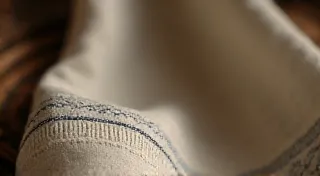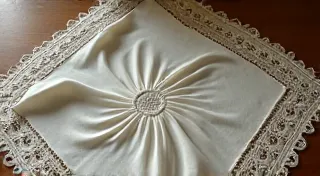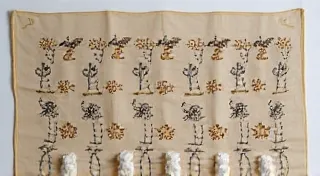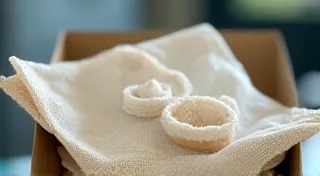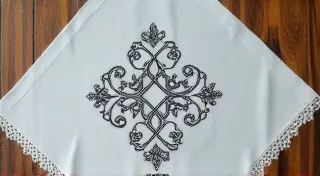Spotting Fakes: How to Authenticate Antique Handkerchiefs
The allure of antique handkerchiefs is strong – their delicate fabrics, intricate embroidery, and connection to history make them a desirable collectible. Unfortunately, the popularity of these linens also attracts those looking to create convincing imitations. Knowing how to spot a fake is crucial for any collector or potential buyer. This guide will explore common indicators of authenticity and red flags that suggest a handkerchief is a reproduction or modern imitation.
Fabric Analysis: A Foundation for Authentication
The fabric used is often the first clue to a handkerchief’s age. Understanding common antique fabrics is essential.
- Linen: The quintessential antique handkerchief fabric. Genuine antique linen has a distinctive "slubby" texture – visible irregularities in the yarn. It's often softer with age and may feel slightly rougher than modern linen. The weave itself can vary; look for plain weaves, damasks, and batist. The types of lace applied to linen handkerchiefs is also a key identifier, and those interested in learning more about historical lace techniques will find understanding antique lace techniques quite enlightening.
- Cotton: While cotton handkerchiefs exist, they are less common in the earlier antique period (pre-1900). If you encounter a cotton handkerchief claiming to be antique, scrutinize it carefully. Antique cotton is often softer than modern cotton.
- Silk: Silk handkerchiefs, often featuring elaborate embroidered designs, became more prevalent in the late 19th and early 20th centuries. Examine the silk closely – antique silk tends to have a subtle sheen and a satisfying drape.
Red Flags for Fabric: A perfectly smooth, uniformly woven fabric is often a sign of a modern reproduction. Modern textiles are often chemically treated, resulting in a stiffness not found in antique linens. Pay attention to the feel—modern fabrics may feel plasticky or overly soft.
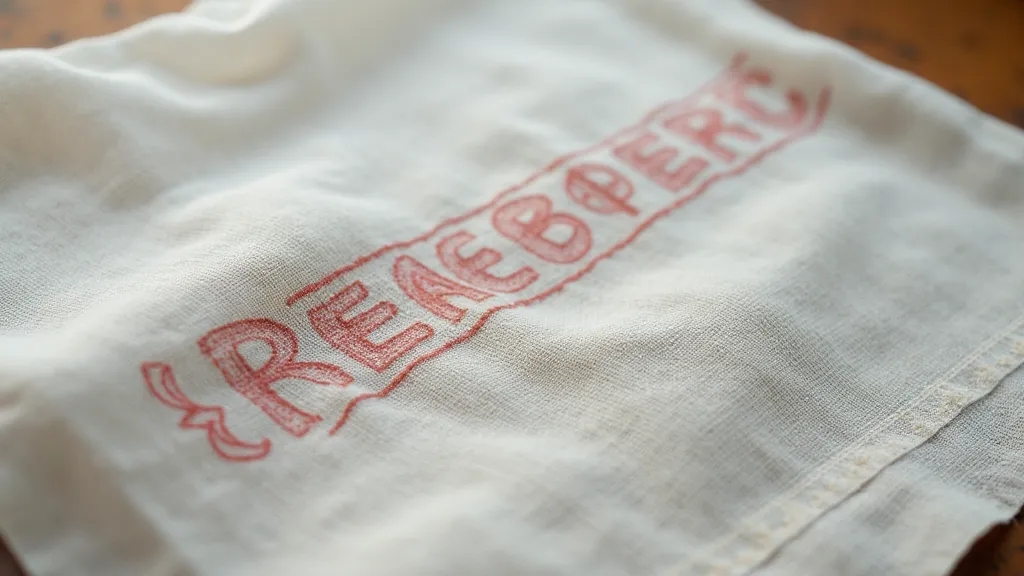
Embroidery: Style, Technique, and Materials
Embroidery is a major aspect of antique handkerchiefs, and analyzing the embroidery style can reveal a lot about authenticity. The intricacy of the embroidery, along with the stitches used, can provide valuable clues as to the handkerchief's age and origin. Specific styles of embroidery, such as Irish Crochet, were highly prized during certain eras, and anyone looking to delve deeper into specific techniques will find identifying Irish Crochet handkerchiefs a useful resource.
- Stitches: Antique embroidery frequently utilizes hand-stitched techniques like satin stitch, chain stitch, French knots, and eyelet lace. Machine embroidery, while present in later periods, is less common in earlier antiques.
- Design Motifs: While motifs change over time, certain designs are characteristic of specific eras. Research common motifs for the purported age of the handkerchief.
- Thread: Antique embroidery threads were often silk, cotton, or wool. The thread color may have faded or changed over time. Look for evidence of age on the thread itself, such as discoloration or slight fraying.
Red Flags for Embroidery: Perfect, uniform stitches with no variation in tension are suspicious. Bright, vibrant colors that seem too new are a warning sign. The use of modern synthetic threads (like nylon or polyester) is a clear indicator of a reproduction.
Wear and Tear: The Story of Age
Genuine antique handkerchiefs bear the marks of time. While pristine condition is desirable, some signs of wear are expected and often confirm authenticity. The natural dyes used in antique embroidery, and how they have changed over time, can be indicative of the handkerchief's age, and those interested in learning more about these dating techniques will find dating handkerchiefs by color a helpful guide.
- Foxing: Small, brownish spots caused by oxidation of iron particles in the linen are common, especially on linen handkerchiefs.
- Yellowing/Browning: Natural aging can cause fabrics to yellow or brown.
- Fading: Embroidery colors may have faded over time.
- Weakened Areas: Areas of repeated folding or handling may show signs of wear or weakening.
Red Flags for Wear: A handkerchief that appears brand new, with no signs of wear at all, is highly suspect. Conversely, overly distressed or artificially aged handkerchiefs are also red flags.
Darning and Repairs: A Sign of Love and Use
Often overlooked, darning and repairs are actually positive indicators of authenticity. Antique handkerchiefs were cherished items, and owners frequently repaired them rather than discarding them. Look for hand-darned repairs, often done with mismatched threads – a testament to the care and attention given to the handkerchief. The types of fabrics used for repairs can also provide valuable clues about the age of the original handkerchief.
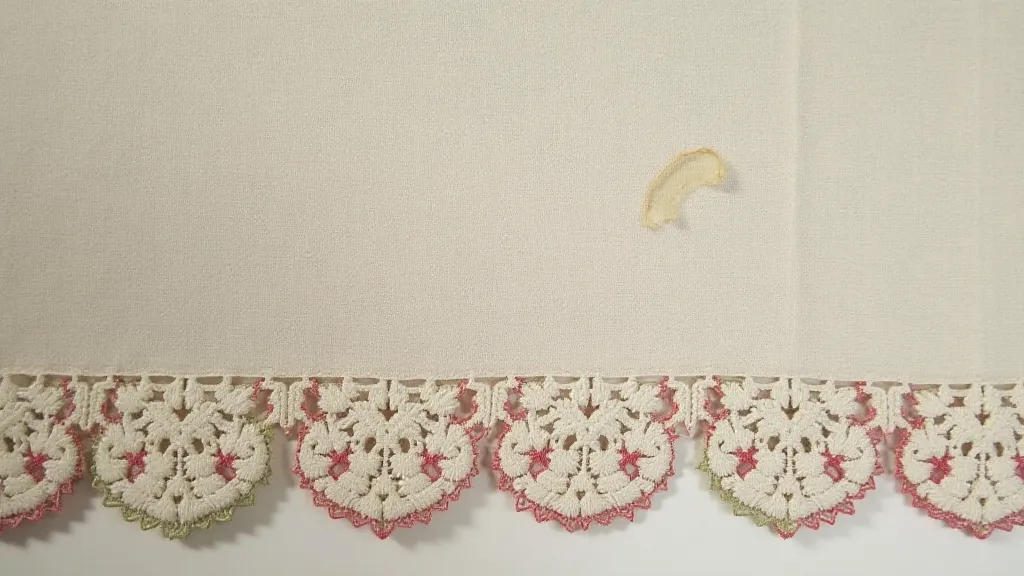
Edge Treatments & Finishing
The edges of antique handkerchiefs were often finished with intricate techniques. Common finishes include:
- Shadow lace: A delicate lace edging.
- Broderie anglaise (eyelet lace): A style with cut and embroidered holes.
- Scalloped edges: A simple, yet elegant finish.
- Hemmed edges: A basic, hand-stitched hem.
Red Flags for Edge Treatments: A perfectly uniform, machine-finished edge is a warning sign, indicating a modern reproduction.
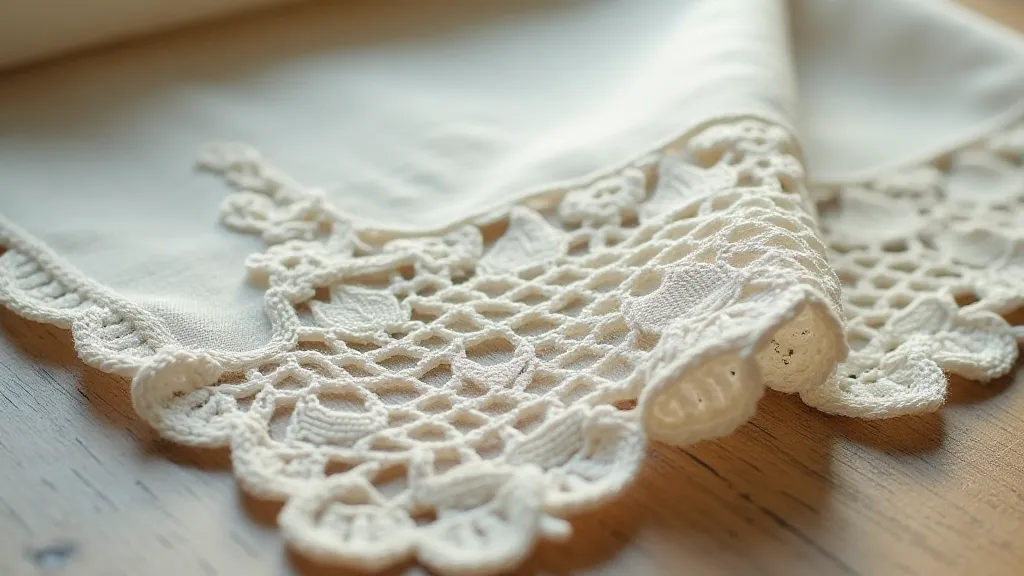
Historical Context and Trends
Understanding the broader historical context of handkerchiefs can also aid in authentication. Fashion and social customs greatly influenced the styles and materials used. Researching late 19th and early 20th century handkerchief trends can reveal popular motifs, edge treatments, and fabric choices for a specific era.
Dye Analysis and Color Changes
The evolution of dyes and their impact on fabric color provides another layer of insight into the age of a handkerchief. Early handkerchiefs often employed natural dyes derived from plants and insects. These dyes were less colorfast and prone to fading and color shifts over time. Later, synthetic dyes were introduced, offering a broader palette of colors and improved colorfastness. Examining the color and its consistency can therefore provide valuable clues.
Final Thoughts: When in Doubt, Seek Expert Opinion
Authenticating antique handkerchiefs requires careful observation and a good understanding of textile history. While this guide provides a starting point, it's not a substitute for expert opinion. If you have any doubts about the authenticity of a handkerchief, consult with a reputable antique dealer or textile expert. They can offer a professional assessment and help you avoid costly mistakes.
